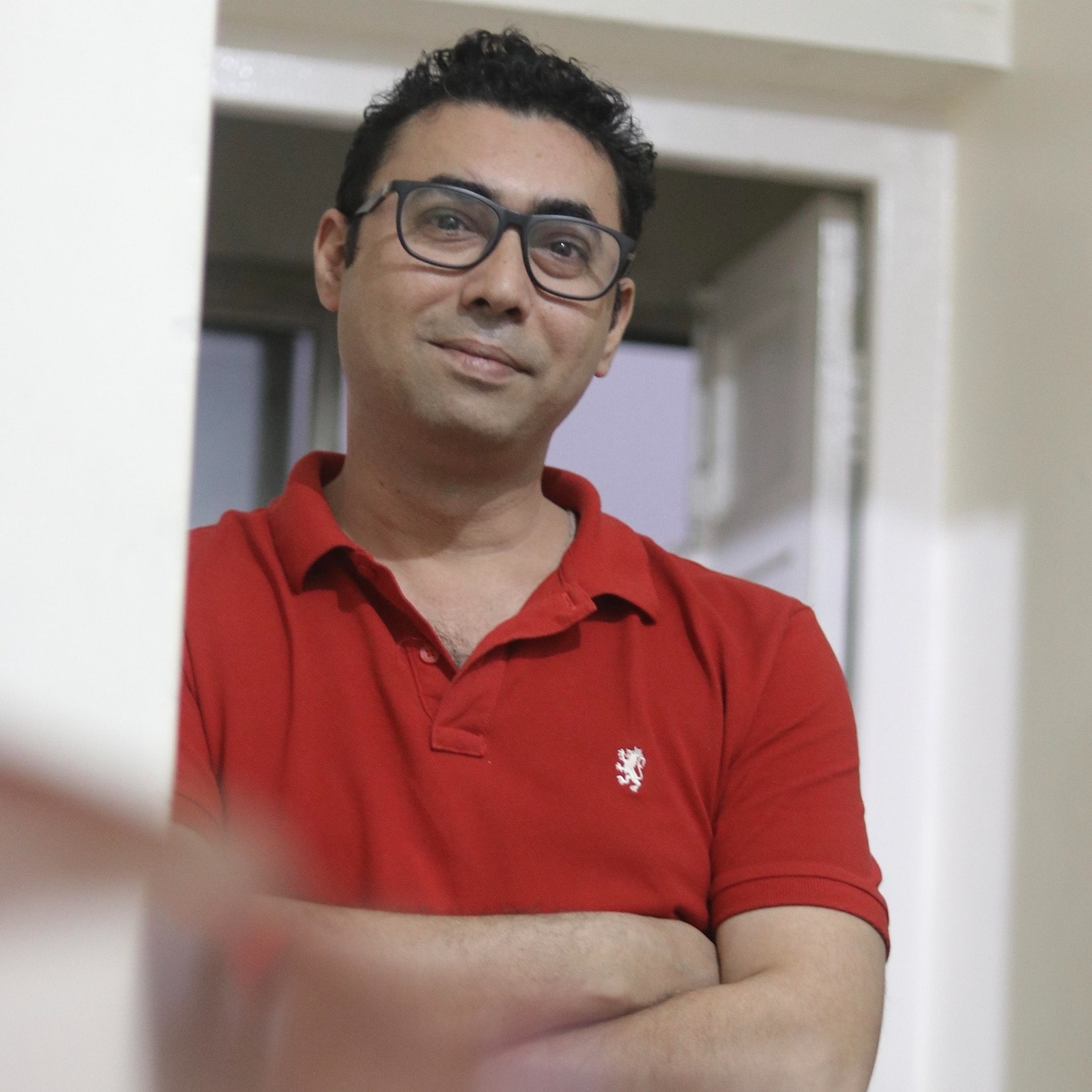The lack of proper surveillance and dependence of a sizeable chunk of the population on poultry farming seems to be standing in the way of preventing another recurrence of bird flu in areas in and around West Bengal which has seen a spate of outbreaks since January 2008.
Chances of the human infections are indeed high. Human infections occur when the virus mutates,but we know very little about the mechanism, says Shekhar Chakraborty,deputy director at Kolkatas National Institute for Control of Endemic Diseases.

Experts fear the H5N1 virus might mutate or combine with the highly contagious seasonal influenza virus and spark a pandemic that could kill millions of people. I have given a proposal to the Health Secretary that we want to do a survey of human influenza in Bengal villages, adds Chakraborty.
Story continues below this ad
In recent months,areas like Sikkim,Darjeeling,Assam and Nepal have been affected by the outbreak,while Bangladesh from where the deadly H5N1 virus was suspected to have sneaked into Bengal continues to report new cases almost every month. While more than 30,000 birds have been culled in West Bengal over the past year,as many as 30 dead birds from Ravang La in southern Sikkim tested positive for the virus at a central laboratory.
Similarly,thousands of birds had to be culled in Nepal and Assam over the past few months.
Experts say frequent and recurring outbreaks of bird flu increase the risk of human infection. In fact,it was in Bengal that backyard poultry was infected for the first time,suggested a higher risk of human infection in the state. The problem is compounded by the fact that there is no human surveillance mechanism in place. The Government has also failed to find the source of the H5N1 virus,despite the fact that the first outbreak was reported in 2006.
We are doing whatever we can through containment and culling. But it is true that the virus continues to spread, says Union Animal Resource Development Commissioner Santanu Bannerjee.
Story continues below this ad
Sources in the Central Government say the virus keeps resurfacing in new areas because of the state Governments inability to contain it. State Animal Resources Development Department officials corroborate this when they accept that they cannot rule out if infected birds were transported from Darjeeling to Sikkim and Nepal. In fact,the recent outbreak in Nepal,was first reported in Mechinagar municipality bordering Bengal. Sikkims Ravang La also borders the state.
In Bengal we are dealing with backyard poultry. Therefore it is very difficult to contain the spread of the virus. We have been asking the Union Government to identify the source of the virus, says state ARD minister Anisur Rehman.
He tries to shift the blame on the Centre by saying that the state has often asked New Delhi to devise a coordinated national effort to contain avian flu.
World Health Organisation (WHO) data shows there has been 249 human deaths from the H5N1 strain across the world and 397 confirmed infections since the virus resurfaced in Asia in 2003. The WHO has listed the January 2008 outbreak in West Bengal,when more than four million birds had to be culled,as the worst-ever in India.
Current status
Story continues below this ad
West Bengal: Culling operations completed in Malda and Darjeeling,mopping up operations on.
Sikkim: Culling operations are on with over 2,000 birds having been culled at Hospital Road,Golaitar and 14th Mile areas of Ravang la.
Nepal: Culling and mopping operations in Jhapa district of Nepal,bordering West Bengal continues after recent outbreak. Other districts bordering West Bengal are also on high alert.
Assam: Culling and post-culling operations continue in 17 centres spread over eight districts of Assam. More than five lakh birds culled.
































